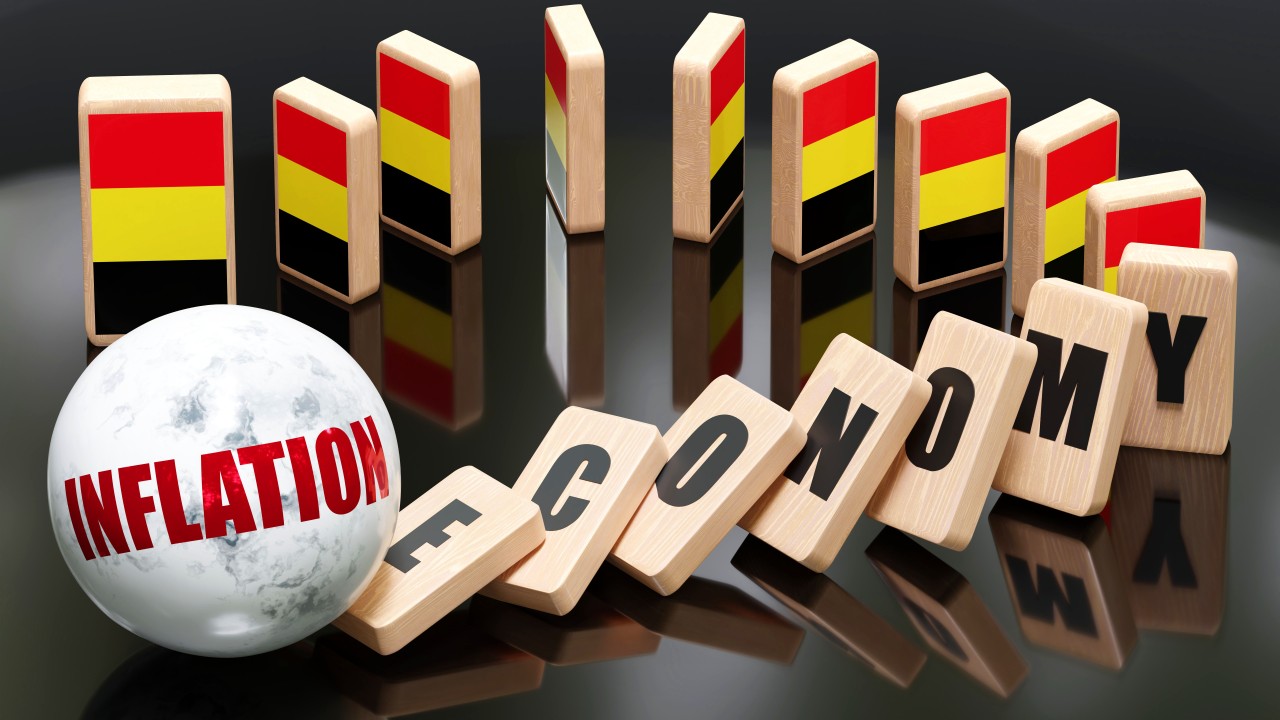
CPA decision-makers’ optimism about their own organizations and the U.S. economy has been unsteady the last three years — cruising up and down and hitting a historic low in the fourth quarter of 2022.
After high inflation and other factors caused optimism to drop last quarter, opinions are rebounding once again, according to a new quarterly survey released Thursday by AICPA & CIMA, together as the Association of International Certified Professional Accountants.
Forty-five percent of respondents in the quarterly Business and Industry Economic Outlook Survey are optimistic about their businesses — a 10-point boost — and 29% are optimistic about the U.S. economy, recovering from last quarter’s 14%. Increased consumer spending and receding inflation were cited as factors in driving optimism. The outlook on the global economy improved slightly, with 17% now optimistic, up from 11% in the second quarter.
The survey polled CPA decision-makers — primarily CFOs, CEOs, and controllers — about the global and U.S. economies, current and projected challenges, business projections, and additional points of interest. The 401 responses were gathered between Aug. 1 and Aug. 24.
Despite the rise in economic positivity, respondents remain wary of inflation as well as interest rates, and they are taking a measured approach to hiring. Additionally, the executives have higher projections for revenue and profit in the coming year.
Projected revenue growth for the next 12 months is 1.9%, up from 1.3% the previous quarter. Profit expectations rose also, but only to a 12-month projection of 0.1%.
A higher percentage of respondents predict business expansion for their organizations in the next 12 months, up from 43% to 50% this quarter. The number predicting business contraction dropped from 46% to 24%.
Hiring outlook and top challenges
Half of respondents say their organizations have the right number of employees, up four percentage points from the second quarter. One-fourth say they plan to add workers, and 14% say they would like to hire but are hesitant to do so, down from 17% who expressed that hesitancy in the second quarter.
One obstacle in leaders’ hiring plans is finding workers. Availability of skilled personnel is now the No. 1 challenge leaders face — moving up three spots from the second quarter and knocking inflation out of the top spot, which it held for seven consecutive quarters. The rest of the top five challenges this quarter are inflation, domestic economic conditions, employee and benefits costs, and staff turnover.
Concern about a recession have eased somewhat, compared with previous quarters when questions about a recession were asked. This quarter, 17% of respondents believe a recession is happening now (down from 31% last quarter), and 27% believe a recession will occur in 2024. Additionally, 16% predict a recession by the end of 2023, down from 47% who made the same prediction in the second quarter.
Leaders are also continuing to monitor risks of certain inflationary factors. The risk of interest rates is now the highest it’s been in one year (23%). Labor costs continue to be cited as the most significant inflation-related business risk, at 43%, a decline of two percentage points from the second quarter.


